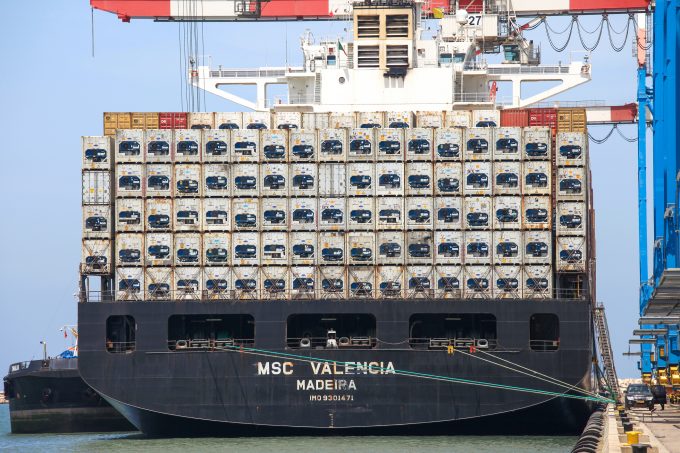Robert Sappio appointed CEO at SeaCube Leasing
SeaCube Container Leasing has appointed Robert Sappio (pictured above) as its new chief executive, based ...

Cold supply chains need to develop better decision-making through improved communications and data.
In a recent paper, reefer lessor SeaCube said between 7% and 15% of food transported in reefer containers was inedible by the time it reached its destination.
Greg Tuthill, chief commercial officer at SeaCube, ...

Comment on this article